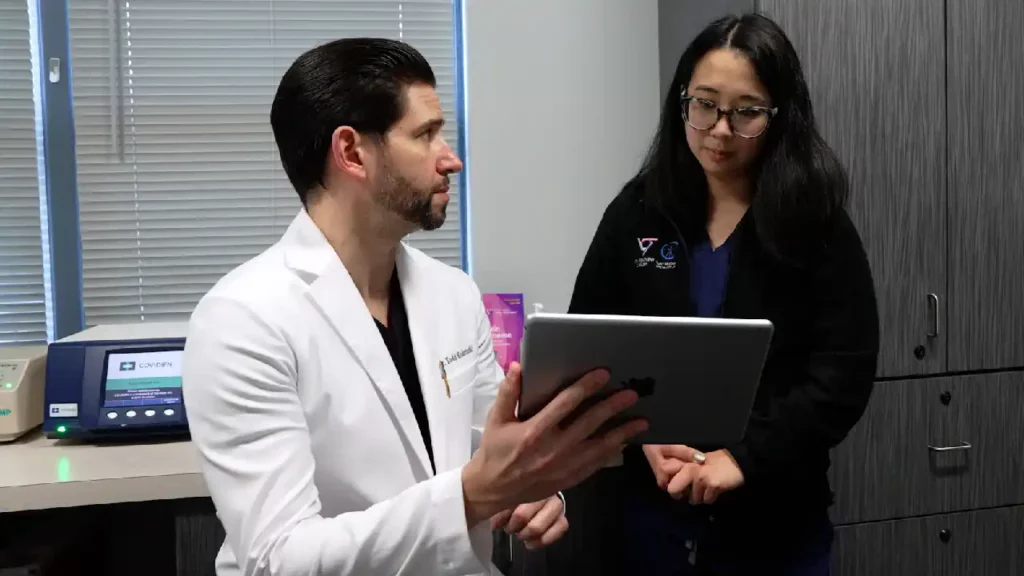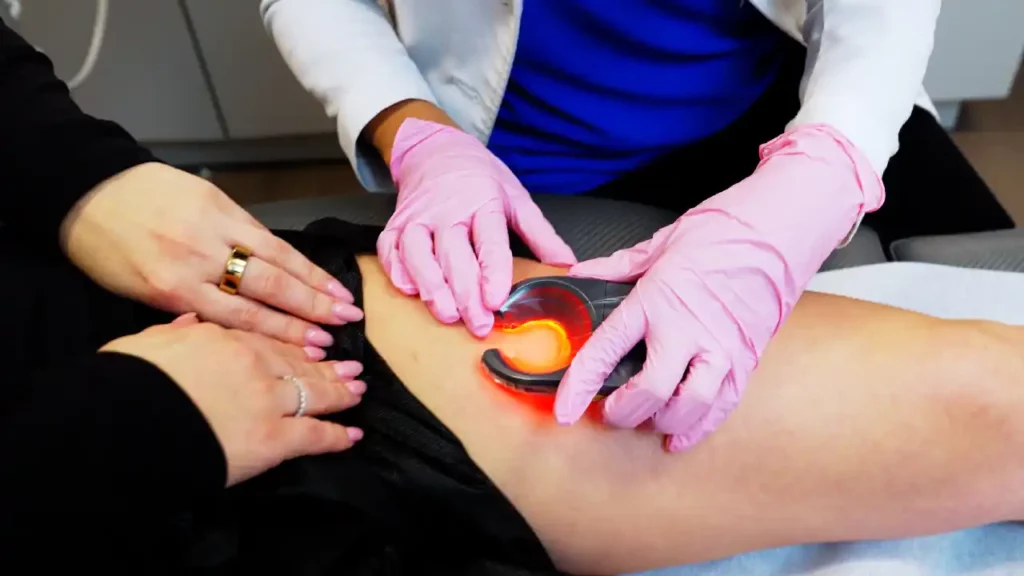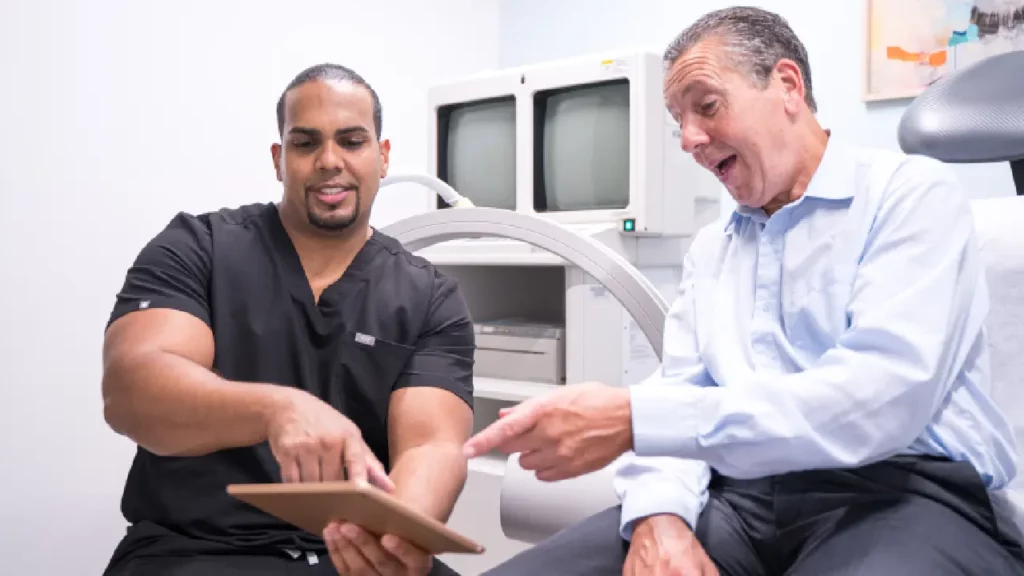Managing Chronic Venous Insufficiency (CVI) at Home: Practical Tips for Daily Life
Chronic venous insufficiency (CVI) is a condition that affects millions of people worldwide. It occurs when the valves in your veins don’t work properly, causing blood to pool in your legs and leading to various uncomfortable and sometimes painful symptoms. CVI is primarily a result of weakened or damaged valves in your leg veins. Normally, these valves help blood flow upward toward your heart, preventing it from flowing backward. However, when these valves become compromised, blood can accumulate in your legs, leading to various symptoms such as:
- Swelling (edema) in the legs and ankles
- Pain and discomfort in the legs
- Skin changes, including discoloration and rashes
- Development of varicose veins
- Heaviness or fatigue in the legs
- Itchy or hardened skin in the affected area
- Leg ulcers, particularly around the ankle
- Restless legs, especially at night
- Muscle cramps and spasms in the calves
- Skin inflammation and redness
- Warmth or heat sensation in the legs
- Progressive worsening of symptoms over time
- Difficulty in walking or standing for extended periods
- Increased pain after prolonged sitting or standing
Chronic venous insufficiency is a dangerous condition because the symptoms gradually worsen with time. If left untreated, venous insufficiency can eventually lead to leg ulcers, skin infections, and deep vein thrombosis. The only way to treat chronic venous insufficiency is through minimally invasive procedures, such as endovenous laser ablation, radiofrequency ablation, and VenaSeal. These procedures use various means to close or collapse the diseased saphenous vein responsible for vein problems, thus rerouting accumulated blood into healthier leg veins.
While CVI can be challenging to manage, there are several practical tips you can incorporate into your daily life to improve your quality of life and alleviate some of the discomfort associated with this condition. While these lifestyle changes won’t treat venous insufficiency, they will buy you more time and prevent the condition from worsening. In the meantime, please consult our board-certified vein doctors at Vein Treatment Clinic to explore your minimally invasive vein treatment options. Our vein doctors will curate a personalized treatment plan for you.
Now that you have a better understanding of CVI and its symptoms let’s explore some practical tips to manage this condition from the comfort of your home.
Lifestyle Modifications for Managing CVI:
- Elevate Your Legs: Elevating your legs is a simple yet effective way to reduce swelling and improve blood flow. Whenever possible, prop your legs up above heart level for 15-30 minutes several times a day. This can be done by using pillows or a leg rest. Elevating your legs helps gravity drain excess fluid from your limbs, providing relief from swelling and discomfort.
- Compression Stockings: Compression stockings are specially designed to improve blood circulation in the legs by applying pressure. They come in various strengths, so it’s essential to consult your vein doctor to determine the appropriate level of compression for your condition. Wearing compression stockings can reduce swelling and prevent the progression of CVI.
- Stay Active: Engaging in regular physical activity is crucial for managing CVI. Gentle exercises, such as walking or swimming, promote blood circulation and strengthen the muscles in your legs. Aim for at least 30 minutes of moderate exercise most days of the week, but be sure to consult your vein doctor before starting any new exercise routine.
- Maintain a Healthy Weight: Excess body weight can put additional pressure on your leg veins, exacerbating CVI symptoms. By maintaining a healthy weight through a balanced diet and regular exercise, you can alleviate some of the strain on your veins.
- Avoid Prolonged Standing or Sitting: Long periods of standing or sitting can worsen CVI symptoms. If you have a job that requires you to stand or sit for extended periods, take breaks to walk around or elevate your legs. If possible, use a footrest or an adjustable desk to alternate between sitting and standing.
- Stay Hydrated: Dehydration can make CVI symptoms worse by thickening your blood, making it harder to circulate. Drink plenty of water throughout the day to keep your blood flowing smoothly and to prevent chronic venous insufficiency from worsening.
- Elevate Your Bed: Elevating the foot of your bed by a few inches can encourage better blood flow during sleep. This can help reduce morning swelling and discomfort. You can achieve this elevation by placing sturdy bed risers under the bedposts.
While lifestyle changes can help manage symptoms and prevent CVI from worsening, they cannot cure the condition. The only way to effectively treat CVI and underlying venous issues is through minimally invasive vein treatments. These procedures target the root causes, improving blood circulation and relieving discomfort. We strongly encourage you to consult our board-certified vein doctors, who specialize in these treatments, to discuss personalized options and take the necessary steps towards a healthier, more comfortable life.
Are you interested in getting more information about your condition or a treatment?
Fill the form below to start!
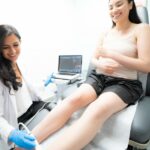
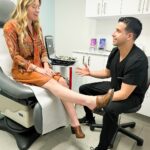
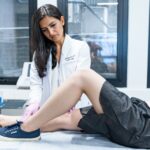
Minimally Invasive Treatments for CVI:
- Endovenous Laser Ablation: Endovenous Laser Ablation (EVLA) is a minimally invasive procedure used to treat varicose veins and CVI. During EVLA, a thin laser fiber is inserted into the affected vein through a small incision. The laser emits targeted energy that heats and closes the problematic vein. Over time, the body naturally redirects blood flow to healthier veins, reducing symptoms and improving circulation.
- Radiofrequency Ablation: Radiofrequency Ablation (RFA) is a technique similar to EVLA. A catheter is inserted into the diseased vein, and radiofrequency energy is applied to heat the vein wall. This process causes the vein to collapse and eventually be reabsorbed by the body. RFA is effective in treating CVI and varicose veins by rerouting blood flow to healthier veins.
- VenaSeal: VenaSeal is a minimally invasive approach to treating varicose veins. It involves using a medical adhesive injected directly into the damaged vein. The adhesive seals the vein shut, and the blood is rerouted through healthier veins. VenaSeal eliminates the need for thermal energy, reducing the discomfort and bruising associated with other procedures.
- ClariVein: ClariVein is a minimally invasive technique that combines mechanical agitation and chemical sclerosing agents to treat varicose veins and CVI. A catheter with a rotating tip is inserted into the affected vein. Simultaneously, a sclerosing agent is dispensed, irritating the vein wall and causing it to collapse. The mechanical and chemical action combined with blood vessel compression enhances the efficacy of the treatment.
- Ambulatory Phlebectomy: Ambulatory phlebectomy is a minimally invasive procedure used to remove surface varicose veins. Tiny incisions are made along the path of the affected veins, and a special hook or needle-like instrument is used to extract the veins piece by piece. This technique is effective for eliminating unsightly surface veins and reducing symptoms.
- Sclerotherapy: Sclerotherapy is a minimally invasive treatment for spider veins and smaller varicose veins. A sclerosing solution is injected directly into the affected veins. This solution irritates the vein lining, causing it to swell, collapse, and eventually be reabsorbed by the body. Over time, the treated veins fade from view, improving the appearance of the legs.
Our experienced vein doctors prioritize patient well-being by meticulously evaluating individual cases to determine the most suitable minimally invasive vein treatments. They consider factors such as the severity of CVI, the size and location of affected veins, and your unique goals. This ensures that the chosen treatment aligns with your needs, optimizing the effectiveness of the procedure while minimizing discomfort and recovery time.
Do You Have Signs & Symptoms of CVI? Contact Us Now!
If you’re experiencing the signs and symptoms of chronic venous insufficiency (CVI), it’s crucial not to delay seeking help. At Vein Treatment Clinic, our team of board-certified vein doctors is dedicated to your vein health. We offer personalized evaluations and recommendations to address your unique needs. Our expertise in minimally invasive vein treatments ensures you receive the most effective care with minimal discomfort and quick recovery times.
We conduct thorough assessments and create personalized treatment plans tailored to your specific condition. Additionally, we provide free insurance verifications to simplify the process for you. With state-of-the-art offices in New York, Long Island, New Jersey, California, and Maryland, we’re conveniently located to serve you. Schedule a consultation with us today and take the first step towards healthier veins and improved well-being.





